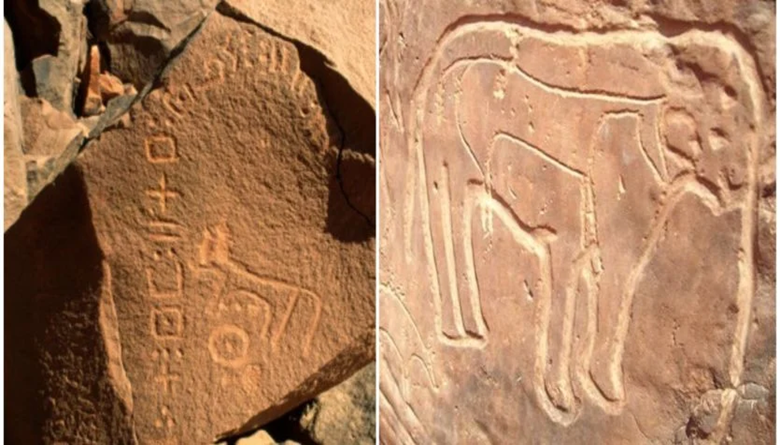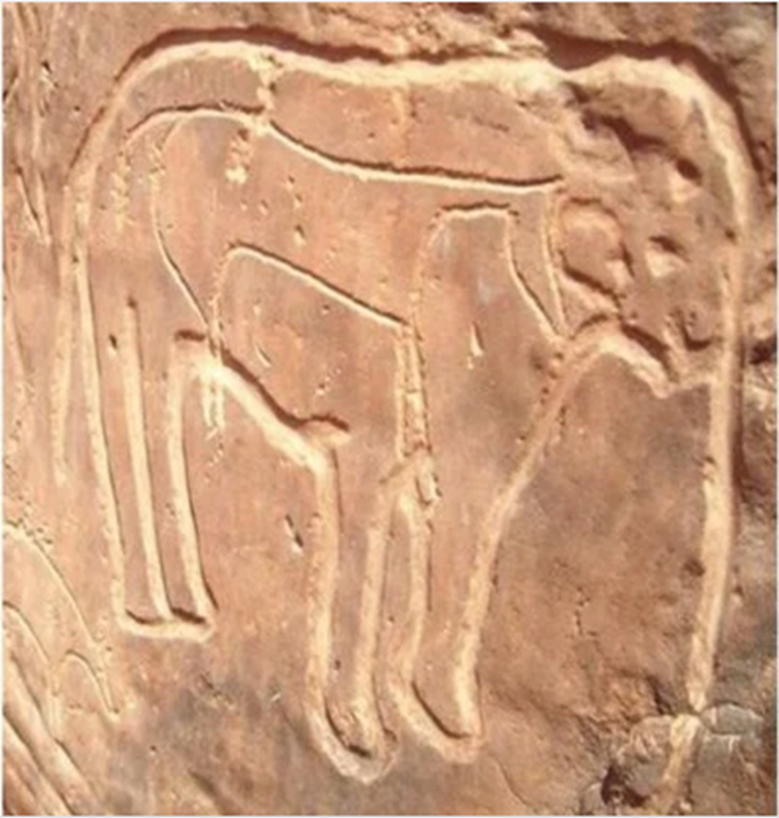Béchar: Tifinagh inscriptions dating back 3000 years discovered

The first historical remains in Algeria date back several millennia before our era. The Tassili is known for its many cave paintings and the north of the country has its share of Roman ruins in Tipaza. Today, another archaeological discovery is shaking up the Algerian scientific community. In Béchar, in the south of the country, the authorities discovered 3 new archaeological sites containing remains.
3 new archaeological sites with " Tifinagh " inscriptions discovered in Béchar
Experts from the local department of culture and art have updated 3 new archaeological sites in the wilaya of Béchar. The first is located 40 km north of the Kenadsa region . Referred to as "El Mnassba ", this site houses inscriptions recognized as Tifinagh and dates back to a millennium BC according to reports.

The second site is within the same perimeter, 30 km from Kenadsa . " Chabka " houses rock engravings of animals and multiple drawings, including figures of elephants and bovids.
As for the third site, it is located a little further from there, in the region of Lahmar ( 8 km northwest of the capital) . Here again, archaeologists have found remains dating back several centuries. The site specifically features a Muslim cemetery and a succession of burial mounds .
It is the elements of the national center for research in archeology ( CNRA ) who took care of the excavations, alongside the authority for the protection of the cultural heritage of the region. The local culture and arts department is planning excavations soon in the area, Hamdi Nougal, head of service, told APS.

Discovery of a Roman necropolis in Tébessa
In the same vein, workers made an important archaeological discovery dating back to Roman times in Tébessa. Indeed, while carrying out sanitation and earthworks, they come face to face with human bones buried under several layers of earth. The workers also discovered sarcophagi in the same place. After investigation by the Ministry of Culture, it turned out that it was an ancient buried Roman necropolis.
Source : websites

